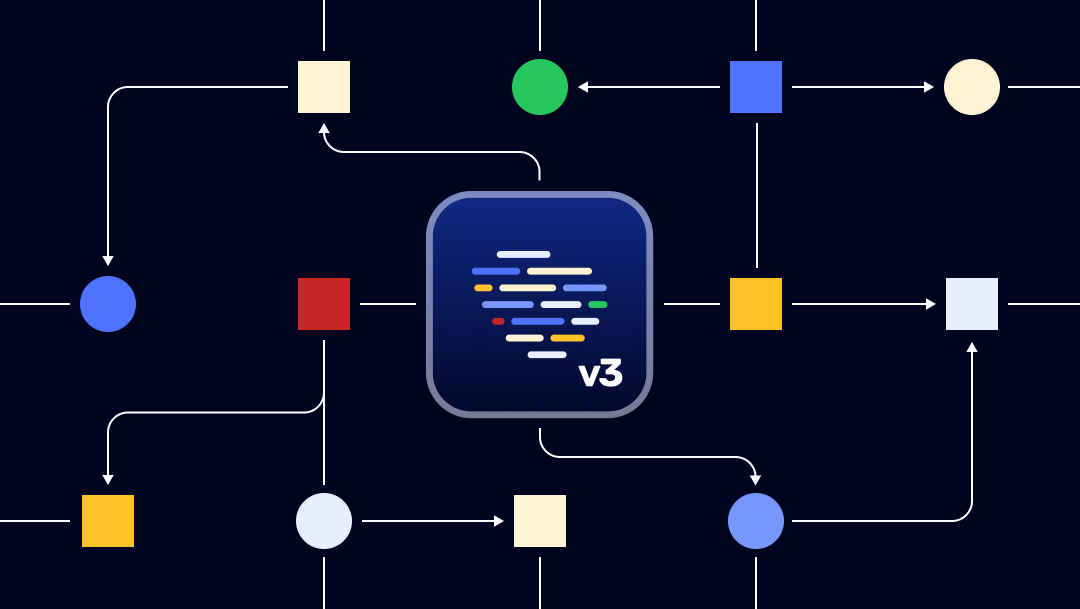Beyond Traditional Browser Automation: How Our Custom Hub Transforms Workflow Automation
For decades, businesses have relied on browser-based workflows. From transcribing invoices into ERP systems to entering faxed records into insurance portals, these tasks have been a cornerstone of operations. The traditional approach to automating these workflows has been to hardcode a rigid sequence of steps. However, this method is often too brittle for real-world applications.
The Problem with Hardcoded Browser Automation
Real-world operations are not linear. Imagine a team of 250 people entering tens of thousands of PDF invoices daily. No two workflows are exactly the same. For example:
Workflow 1: A → B → C → D → F → E → G
Workflow 2: A → C → D → B → E → F → G
While these workflows may look similar, the differences are enough to break a rigid automation. Sometimes, an entirely separate mini-workflow (e.g., X → Y → Z) may need to be inserted in the middle.
Why Hardcoded Automation Fails in Production
Rigid automations assume perfect consistency. The moment an extra field appears, a vendor format changes, or a client requires an interim approval step, the process breaks. This is why many teams revert to manual work or invest heavily in expensive maintenance to keep their automations running.
Rethinking the Browser: Building the Hub
Instead of patching the limitations of conventional browser automation, we started from first principles. What if the browser itself could:
Capture every user action as data?
Identify workflow patterns dynamically?
Propose and execute automations based on real usage?
This led us to build the Hub—a custom browser designed as a data and analytics engine first, and a workflow automation platform second. To our staff, the Hub looks and feels exactly like Chrome. Under the hood, it continuously records detailed workflow telemetry, mapping all the different sequences that humans perform.
The Dual Approach: Human-Directed and Data-Driven Automation
Today, our Hub powers a two-pronged automation strategy:
Human-Directed Automation: Our teams can manually build and trigger workflows when they know exactly what’s needed.
Data-Driven Automation: Over time, the Hub’s analytics reveal which workflows occur most frequently and which have the highest impact. The system then surfaces recommendations or offers to execute them automatically.
This convergence means that when a human begins a workflow, the Hub can prompt: “Recognized this workflow. Would you like me to handle it?”
The Road Ahead: Autonomous Automation
Our ultimate goal is an intelligent browser that:
Continuously collects workflow data.
Learns and adapts to variations in real time.
Automates processes end-to-end without manual intervention.
By blending human expertise with data-driven insights, we are creating a platform where automation is no longer brittle or static—it evolves alongside the business itself.
Closing Thoughts
If you’ve struggled with traditional browser automation that can’t keep up with the variability of real work, you’re not alone. The future belongs to systems that learn, adapt, and empower humans to focus on higher-value tasks—while routine workflows handle themselves.
Stay tuned as we continue to share what we’re learning and building on this journey.
Want to see the Hub in action or explore partnering with us? Contact us to learn more.




